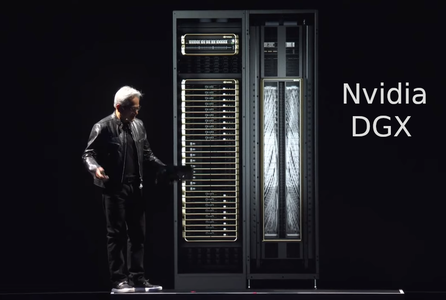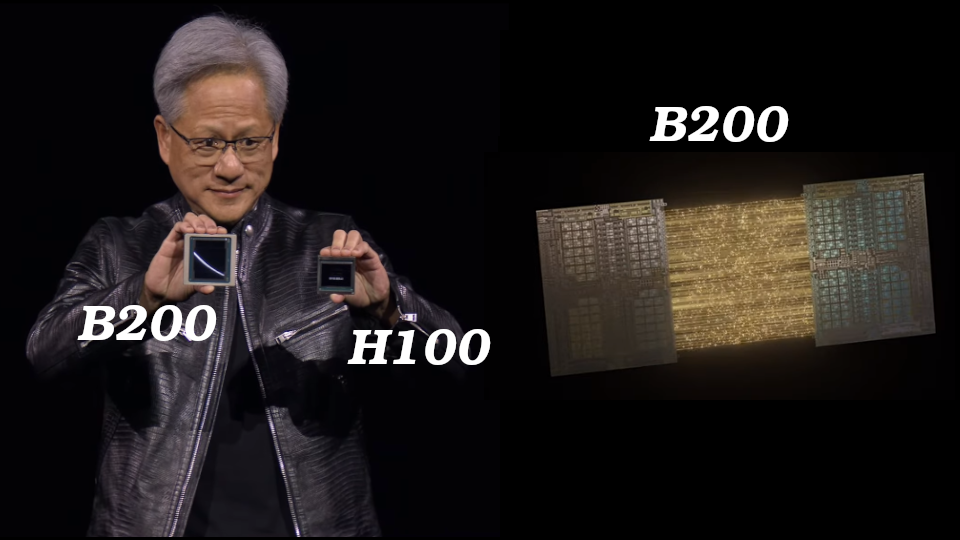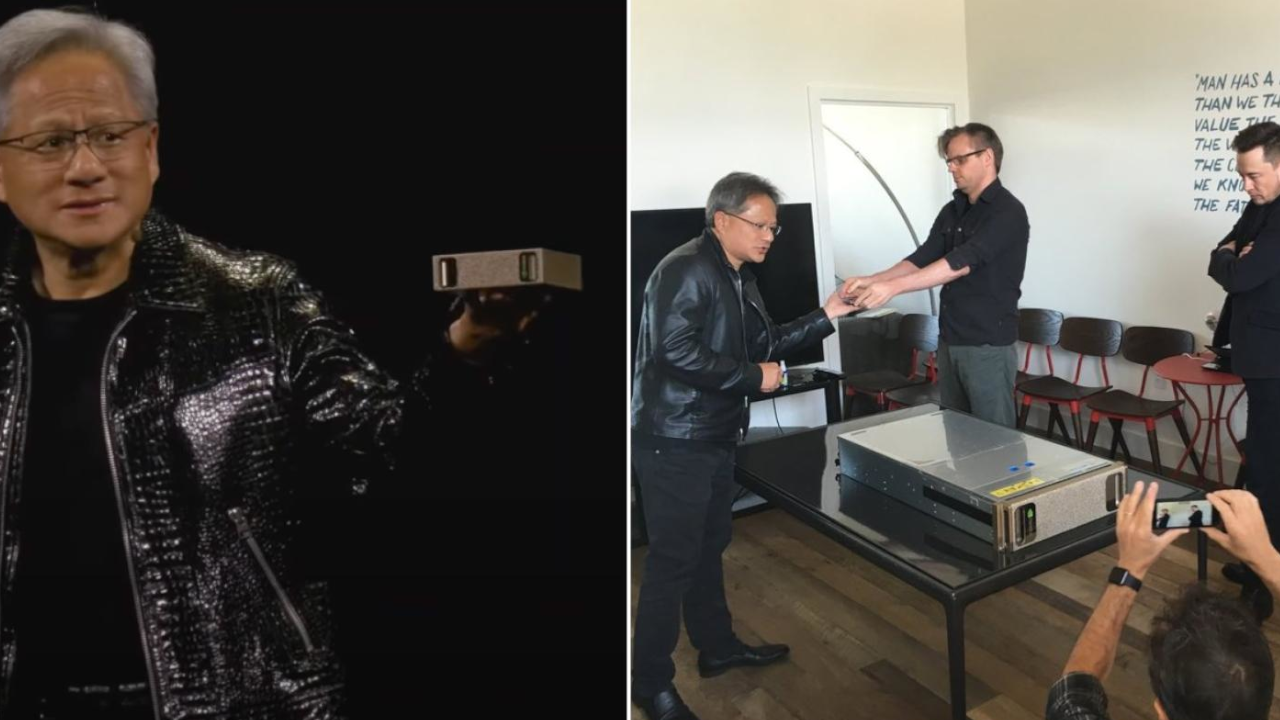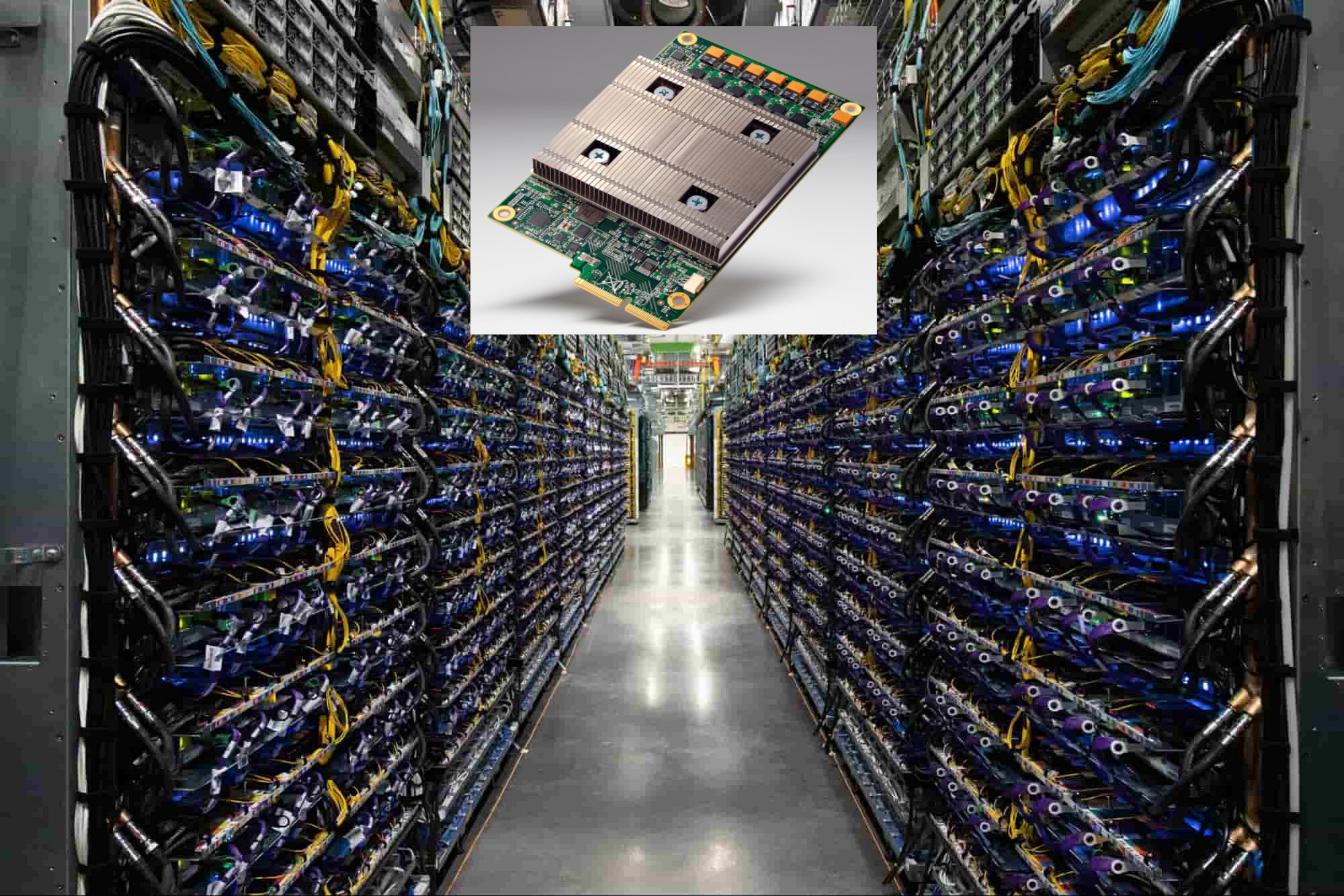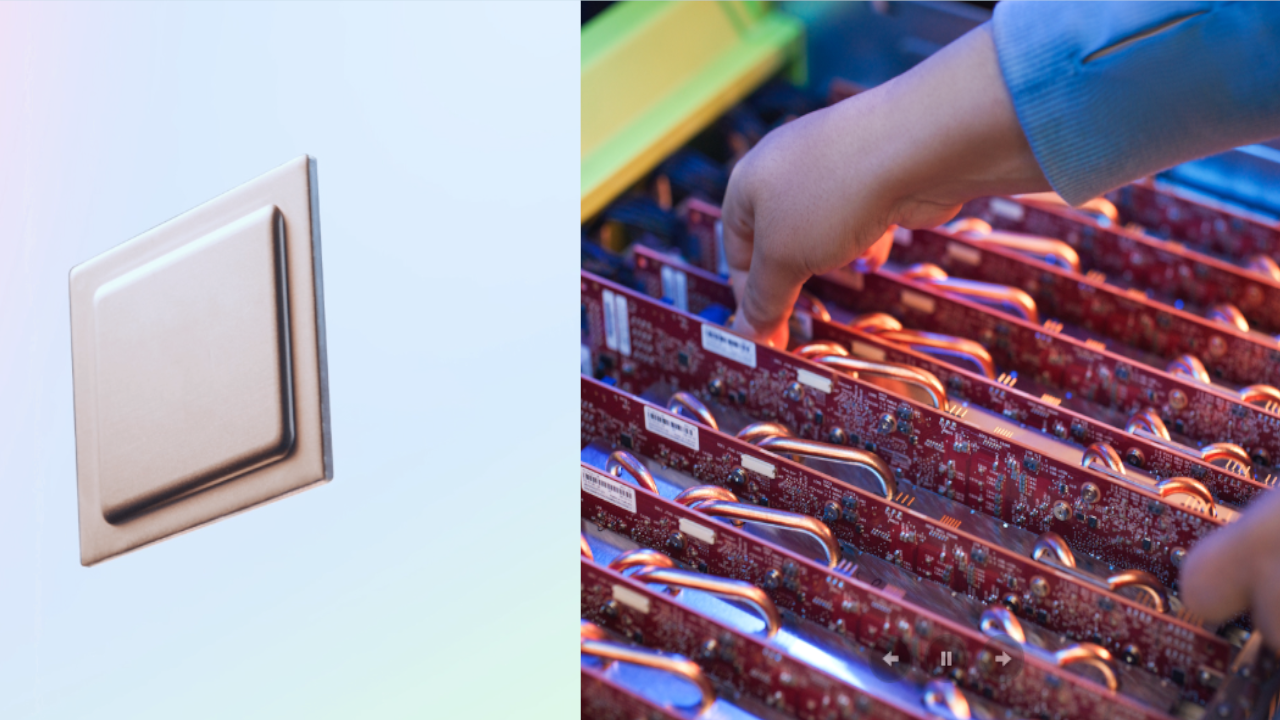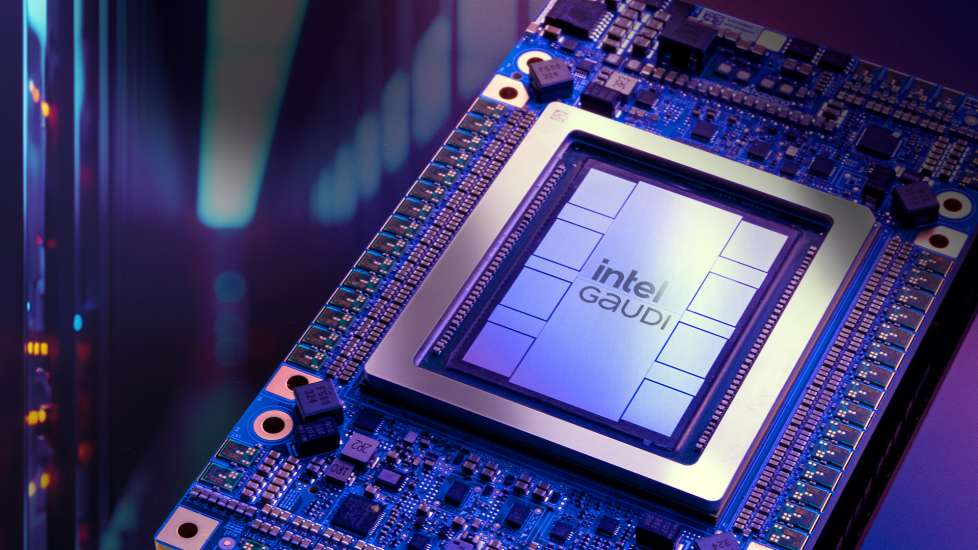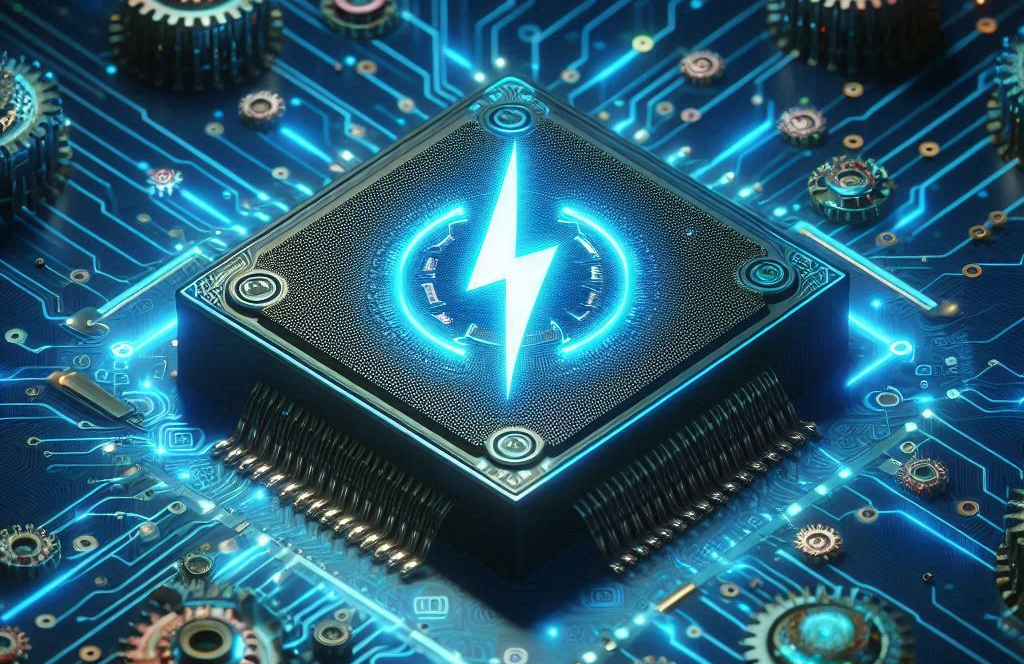Just a few months ago at GTC 2024, Nvidia unveiled the Blackwell architecture, the successor to Hopper (2022) and Amber (2020). The B200 graphics processing unit (GPU) forms the heart of the Blackwell platform.
During his keynote at Computex 2024 on June 2nd, CEO Jensen Huang surprised the industry by unveiling another architecture, Rubin, targeted for production in late 2025. This announcement comes as the Blackwell platform is still in production and on track to ship to customers this year.
Nvidia CEO is pushing for a yearly cycle of AI chip advancements, mirroring the rapid innovation seen in smartphones. This shift from the previous two-year cadence signifies Nvidia’s ambition to accelerate AI development and solidify its lead over competitors like Intel and AMD.
By offering more frequent performance and power efficiency improvements, Huang aims to fuel sustained demand and propel Nvidia’s sales growth.
Nvidia’s dominance extends beyond individual GPUs. They’ve taken their expertise to a whole new level with DGX supercomputers. These essentially function as giant, one GPU, containing 72 interconnected B200 processing units that work together seamlessly thanks to the high-speed Nvlink 5 switch.
Nvidia’s relentless innovation extends beyond just the core GPU chip. They’re also continuously developing the Nvlink switch, the essential nervous system that enables their DGX supercomputers to function as unified processing units. This focus on both the chip and the interconnect technology ensures Nvidia maintains its edge in AI factories.
Unveiling Rubin, Nvidia’s next-generation platform, before Blackwell’s full rollout might raise eyebrows among competitors, but for investors, it signals continued innovation and growth.
Having ascended to the third-largest company by market cap, trailing only Microsoft and Apple, Nvidia’s relentless innovation suggests their journey is far from over.
